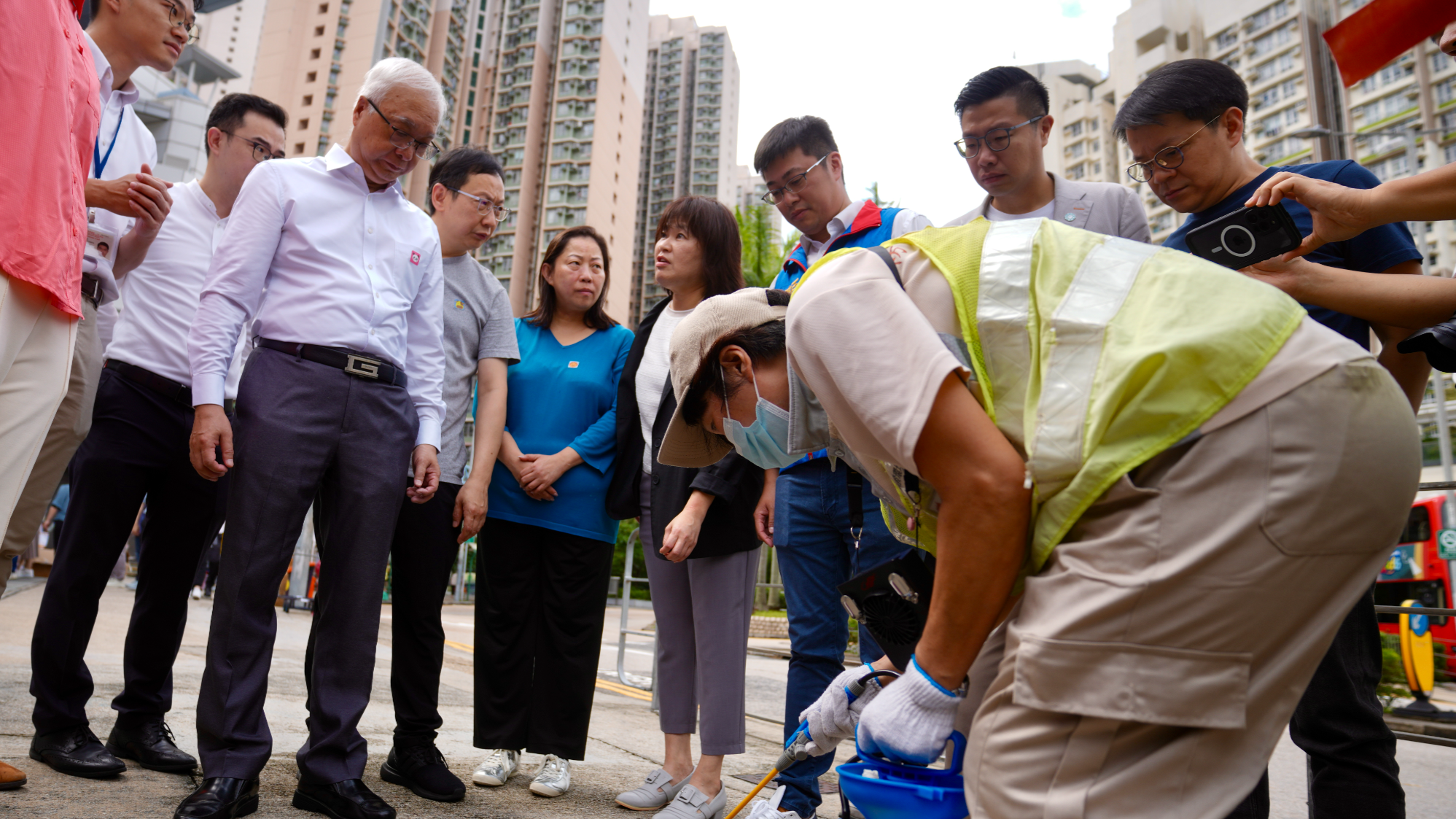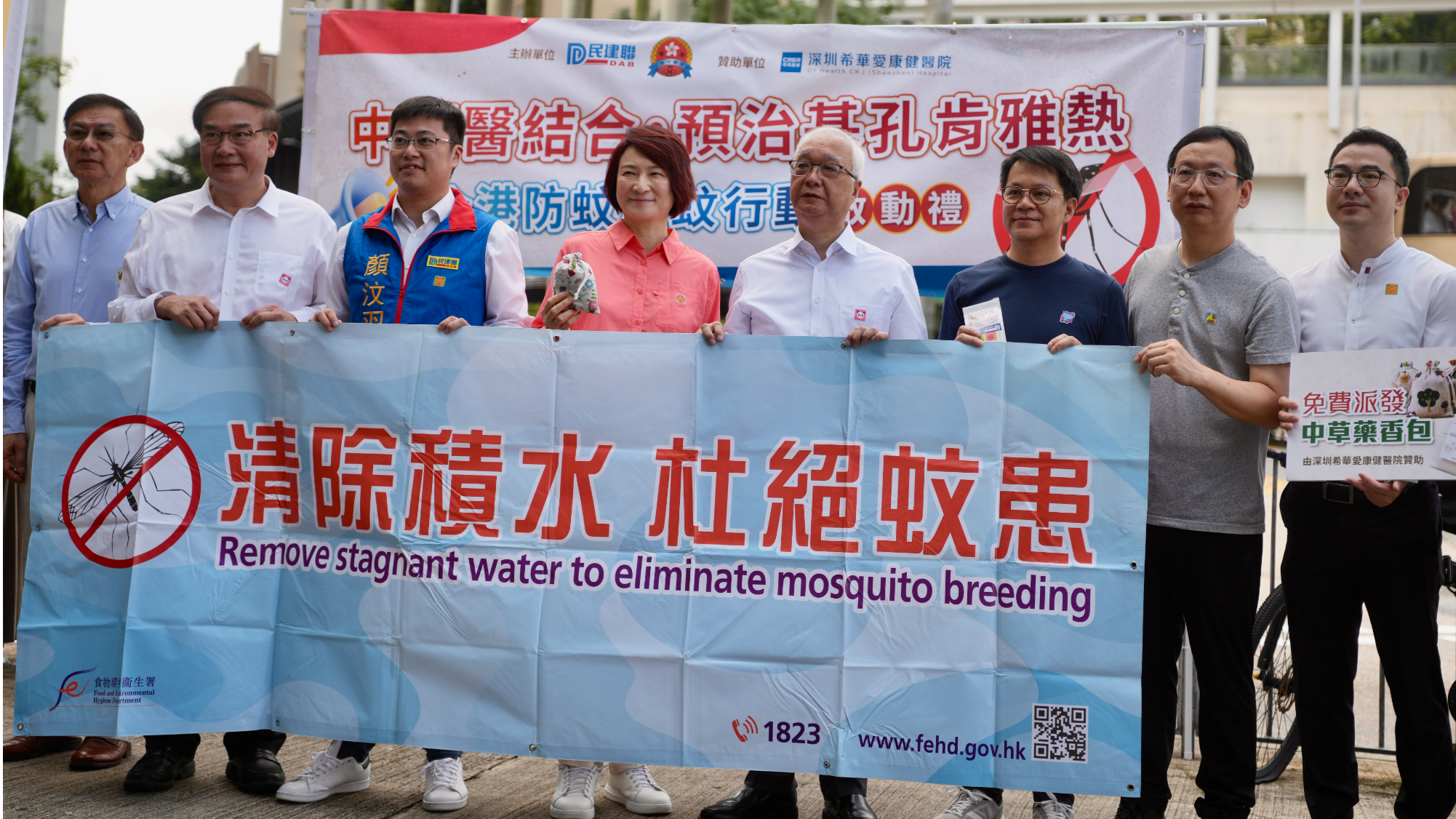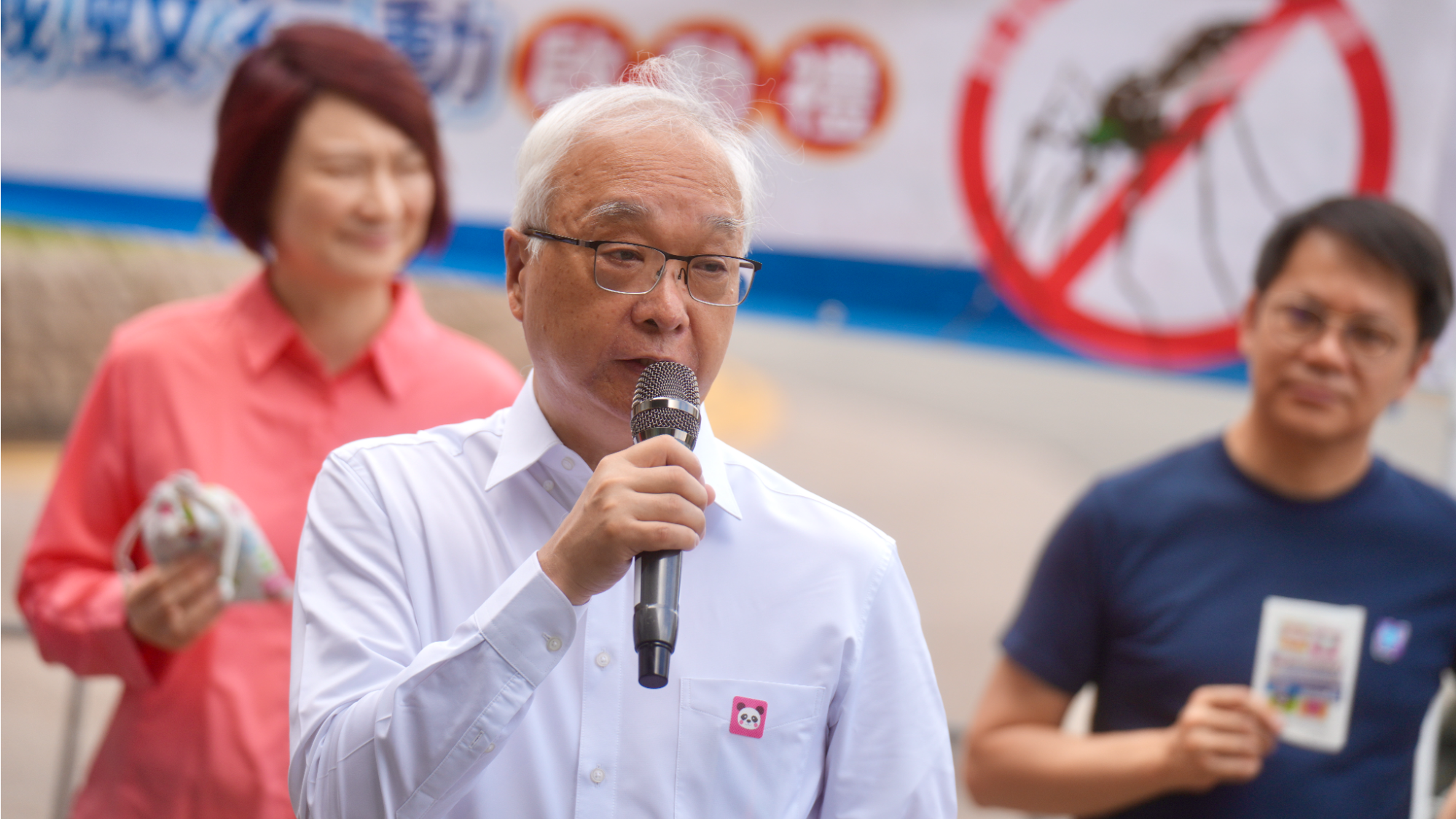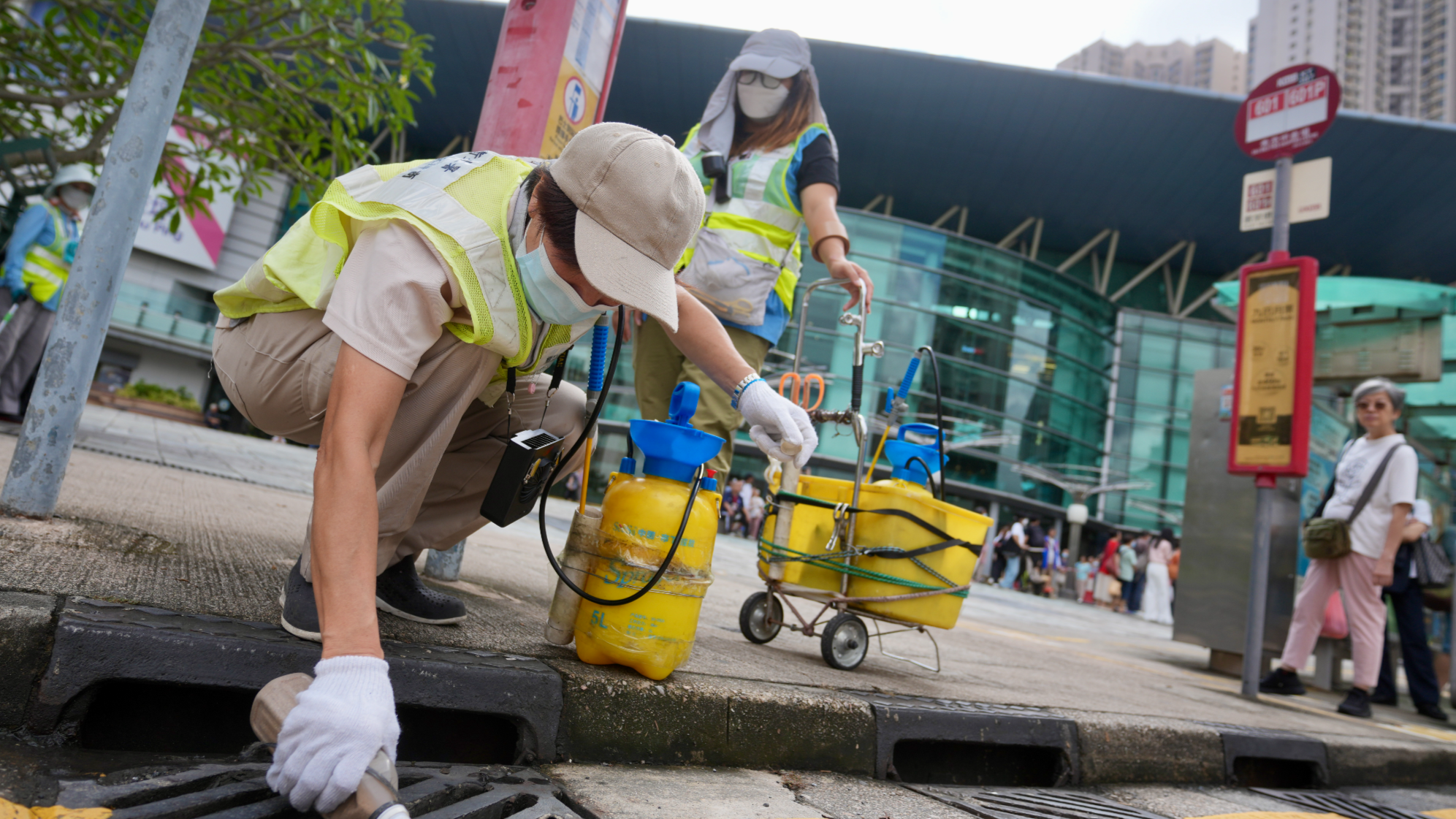
The Hong Kong authorities plan to implement reinforced mosquito-control measures on school campuses to protect students wearing short-sleeved summer uniforms from chikungunya fever, officials told lawmakers on Tuesday.
In response to rising summer tourism, the government will also intensify healthcare publicity and disinfection measures especially at land crossings, airports and on cross-border vehicles to curb imported cases of the mosquito-borne disease.
A case logged on Tuesday evening – a 31-year-old man who traveled to Foshan – raised the city’s confirmed chikungunya infections to six, all imported, alongside one probable case. Neighboring Guangdong province has seen an outbreak of the disease since mid-July, leading to thousands of infections concentrated in Foshan.
READ MORE: Health authorities strengthen anti-mosquito measures in HK

The Legislative Council Panel on Food Safety and Environmental Hygiene on Tuesday afternoon held a meeting to learn about the city’s latest prevention and control measures against mosquitoes and chikungunya fever, which can cause serious joint pains, fever, and rash.
During the meeting, Albert Au Ka-wing, head of the communicable disease branch of the Department of Health, said the summer travel season and new school term may lead to a heightened risk of imported cases, which could potentially cause a local outbreak.
Lawmakers Rebecca Chan Hoi-yan and Steven Ho Chun-yin urged enhanced protection for students returning to school in September, warning that short-sleeved summer uniforms increase exposure to mosquito bites – the major transmission method of chikungunya fever.

Secretary for the Environment and Ecology Tse Chin-wan committed to deliberating specific measures in collaboration with the Education Bureau. He said that as the normal average activity range of mosquitoes is around 100 meters, implementing mosquito controls on school campuses would be an effective strategy.
Concerning a potential outbreak due to an influx of travelers and returning residents over the summer, Au said that virus prevention measures will persist at all border control points, and urged residents and frontline medical workers to remain vigilant.
Official data shows that as of early June this year, over 220,000 chikungunya cases had been reported in 14 countries and regions, including many popular tourist destinations for Hong Kong residents, such as the Chinese mainland, Taiwan and Singapore.
Hong Kong has received a large number of tourists over recent weekends. On Saturday and Sunday, the city’s border controls handled 1.32 million entries and 1.34 million exits, with the Lok Ma Chau Spur Line/Futian, Shenzhen Bay and Liangtang/Heung Yuen Wai checkpoints breaking single-day passenger volume records, according to the Immigration Department.
Au said that the city’s border control points have begun using diverse methods to inform travelers about the disease, including leaflets, broadcasts and posters. In addition, the authorities have been in close communication with stakeholders in cross-border transportation to offer guidance, ensuring the effective implementation of mosquito prevention efforts.
Random inspections on cross-border buses and other transportation are also ongoing, Au added.
READ MORE: Hong Kong sees first case of chikungunya fever since 2019

Despite enhanced temperature screenings at checkpoints, Au said it is not a foolproof way to detect infected individuals, as the disease has an incubation period. Residents are advised to seek medical attention immediately if they feel unwell within 14 days of returning to Hong Kong.
The senior epidemiologist also stressed the importance of avoiding self-medication, as similar symptoms could occur in patients with other diseases like dengue fever. As for self-testing tools currently available for sale, Au said they operate based on testing antibodies, which could potentially lead to false negative results in the initial days of infection, thereby impacting treatment.
Lawmakers and experts also discussed various approaches to prevent and control the disease, including clearing stagnant water in construction sites, mosquito prevention during the rainy season, using biological and technological methods to eradicate mosquitoes, and fostering interdepartmental cooperation.
Contact the writer at amberwu@chinadailyhk.com


